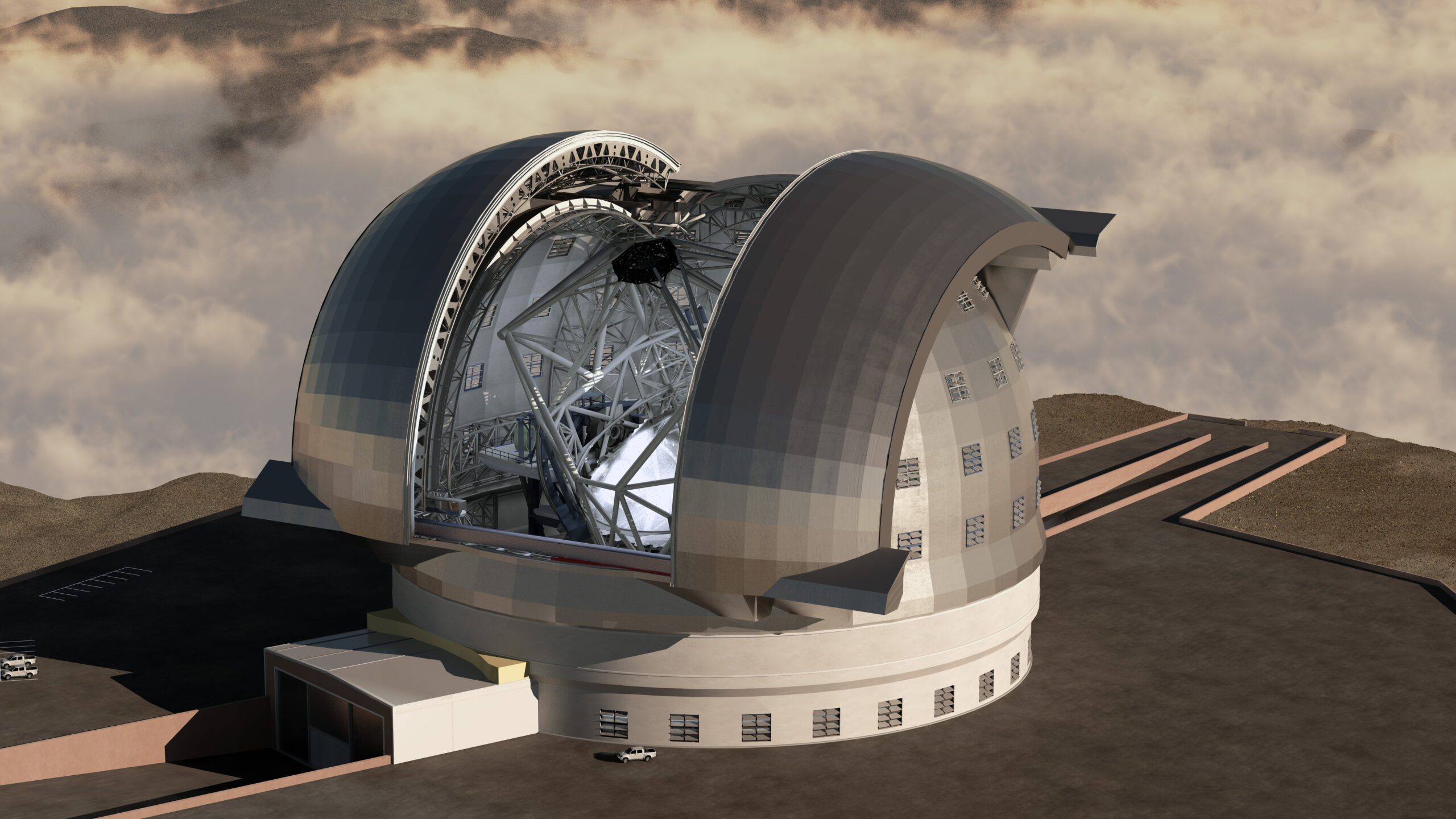Astronomers and other scientists have, for a very long time, been looking for new ways to push the limits of observational astronomy in their pursuit of a better understanding of the universe and its many mysteries. And now, with the development of the Extremely Large Telescope (ELT), a ground-breaking project that is slated to be built in the arid expanses of Chile, their dreams are reaching new heights. The ELT has the potential to completely transform the way humans think about and interact with the cosmos since it is able to gather more light than all of the other telescopes that are currently in operation together.
This gigantic undertaking has through a dramatic alteration in 2017 when its name was changed from the European Extremely Large Telescope (E-ELT) to the Extremely Large Telescope, reflecting its international participation as well as its location. The ELT has become a symbol of humanity’s ambition to explore the universe together as a result of the united efforts of numerous governments and organizations.
The preparation for and carrying out of such an amazing endeavor call for inventiveness and resourcefulness on your part. The ELT will use a segmented mirror technology to get over the technological restrictions that are now in place. The main mirror of this telescope is made up of 798 separate hexagonal segments, and each one is 4.6 feet (1.4 meters) across. As a result, this telescope will have an unrivaled capacity to capture and analyze light coming from faraway astronomical objects.
Cerro Armazones in Chile, a place noted for its high heights and low humidity, was selected as the site for the European Large Telescope because these characteristics create the optimum circumstances for telescopic observations. This distant site in the Andes will offer the ELT with a clear and uninterrupted view of the universe, unhindered by either light pollution or atmospheric interference. The Andes are home to some of the most stunning vistas on Earth.
For people all across the world who are passionate about astronomy, the laying of the foundation stone in 2017 was a monumental occasion as work finally got underway. During the event, a time capsule that had been produced by the European Southern Observatory (ESO) was sealed, thereby preserving a snapshot of the historical period as well as the people who were behind this enormous undertaking.
The manufacturing of the mirror components for the ELT has been a major achievement in and of itself. In 2018, Germany was able to cast and successfully complete the first six hexagonal segments, which established the stage for future initiatives. The construction of an ELT that is completely functional is currently well under progress, and it is anticipated that the project will be finished within the next ten to eleven years at a rate of around one segment every day.
The ELT has an enormous amount of untapped scientific potential. This state-of-the-art telescope will provide insights into a variety of cosmic phenomena that have never been seen before, such as faraway galaxies and alien planets. Because of its superior capabilities, astronomers will be able to view planets orbiting other stars and track the evolution of these planets over time. This will assist in answering fundamental concerns about the origin of planets, the evolution of life, and the possibility of life existing beyond our solar system.
The Extremely Large Telescope (ELT) will be able to see deep into galaxies, where it will be able to count their stars and reveal comprehensive details about the birth of stars, the enrichment of metals, and the history of movement in adjacent galaxies. Surveying hundreds of huge galaxies at their most remote locations will provide researchers with crucial data on the galaxies’ ages, stellar masses, star formation rates, and metallicities, amongst other critical properties.
The ELT is also important for cosmology and the history of the expansion of the universe, both of which are fields of study. The telescope will help map out the expansion of the cosmos by spotting distant forms of supernovae, which will give light on the mysterious phenomena of dark energy.
In its mission to further astrophysical knowledge, the ELT is not the only organization involved. In the not too distant future, we will also see the completion of other telescopes of the following generation, such as the Giant Magellan Telescope (GMT) and the Thirty Meter Telescope (TMT). It is projected that both the TMT and the GMT, which is currently being built in Chile but has been put on hold for the time being, would begin operations in the year 2025. These observatories, when combined, are going to cause a paradigm shift in our knowledge of the cosmos, which will lead to new discoveries and expanded paths for research.
In conclusion, the Extremely Large Telescope is on track to become one of humanity’s most significant technological accomplishments in the realm of astronomy. This enormous observatory, with its ground-breaking capabilities, will make it possible for researchers to explore the most remote parts of the universe, therefore revealing long-concealed mysteries that have lain dormant for millennia. As the Extremely Large Telescope (ELT) and its contemporaries herald in a new era of observational astronomy, all we can do is speculate on the astounding discoveries and enlightening disclosures that lie in wait for us in the vast reaches of space.
![]()
